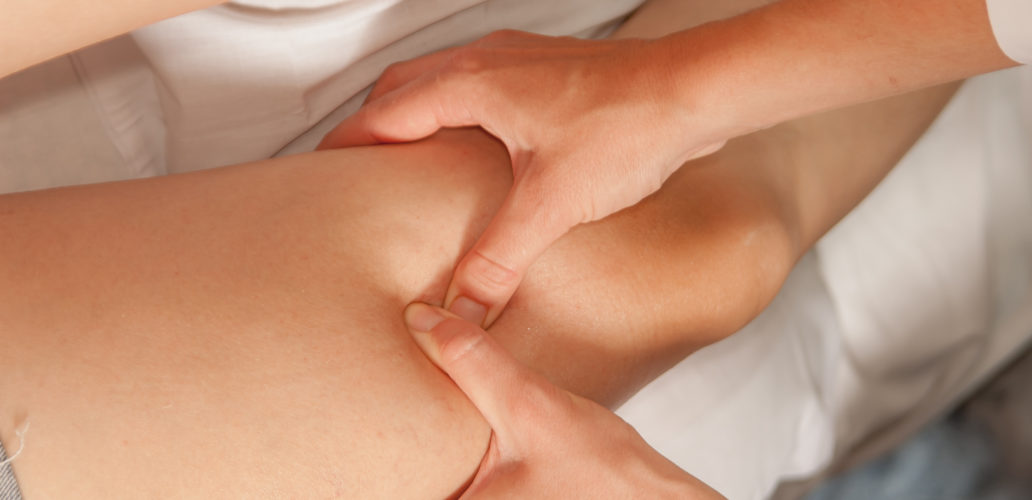
What are the principles of Osteopathy?
Principles of Osteopathy
An Osteopath approaches the treatment of every client guided by the following principles
Structure and function is related.
– The structure of the body (joints, muscles, tendons etc) affect how well the body is able to function (movement, digestion, breathing, mood).
The body has a self healing and self regulating mechanism
The body has a tendency toward health and homeostasis, the role of an Osteopath is to remove any physical restrictions that may be hindering this natural healing process. Be that a tight muscle or restricted joint or an overactive nervous system Osteopaths have the manual therapy tools to address such restrictions and restore better health and balance.
The body is a whole
To treat effectively and efficiently the body should be considered one unit. Osteopaths recognise one part of the body can have vast effects on other parts. Effective treatment relies on this realisation as this often provides the key to addressing the underlying problems.
You may feel pain in your low back but an experienced Osteopath will look far broader than just where the symptoms are directly felt. With a true understanding of biomechanics and anatomy, the Osteopath will know that it could be due to abnormal pressures transmitted up through the leg straining the posterior pelvis and low back all caused from poor movement in the bones of the ankle as a result of an old injury.
All rational treatment is based on consideration of all these principles. Osteopaths base all examination, diagnosis and treatment on the above principles.
